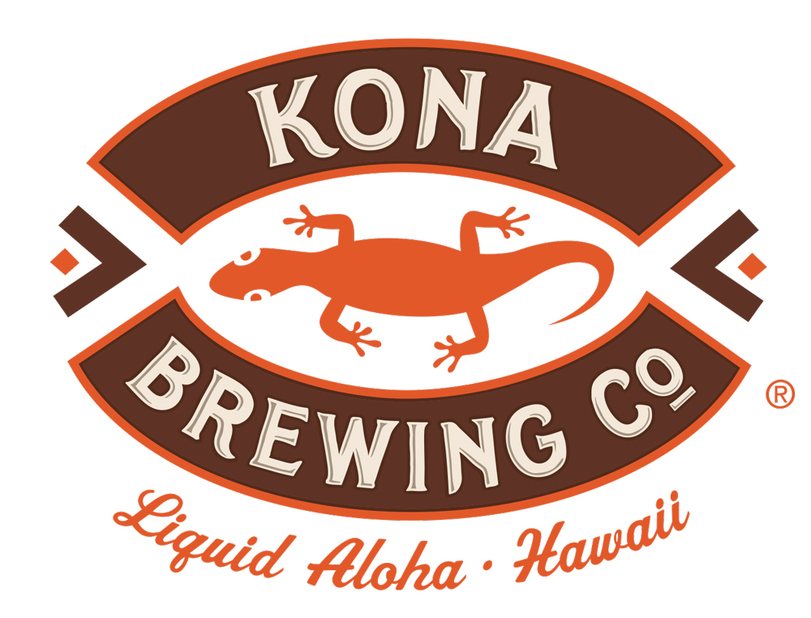(Exclusive) Seas the Day: Scout Canning Raises $4M to Expand Tinned Seafood Platform

Tinned seafood may be having a moment, but Scout Canning believes it can give the category more than its fifteen minutes of fame. The Canadian company announced today the closing of $4 million in funding to fuel distribution growth and launch new products designed for a broader audience.
The round was led by Puerto Rican investment firm Semillero Partners and Export Development Canada (EDC), with participation by David Barber’s Almanac Investments. Scout, which was previously funded via angel investments and a SAFE, closed $1 million of the round seven months ago and raised the final $3 million this fall.
“[The raise] is a validation of what we’re up to, but it’s not our measurement of success either,” CEO and co-founder Adam Bent said. “We spent two years very focused on building specialty and premium [channels]. But we never set out to build a company for high net-worth folks that can afford indulgent products. We want to democratize seafood.”
Founded in 2014, the company began as a side project of Chef Charlotte Langley, who at the time, ran a catering business. Langley began selling her homemade canned seafood in farmers markets with Bent joining the company in 2018. In 2020, after years of R&D, Bent said, Scout developed a fully commercialized product and began selling across North America.
While other categories saw slowdowns as a result of the COVID-19 pandemic, Bent said Scout’s launch arrived just as consumers were looking for shelf-stable proteins and unable to try more exotic products in restaurants.
“[During the pandemic] tinned fish was this shining example of ‘laissez faire cuisine – open and eat, but still kind of indulgent,” Bent said. “It really lifted the perception of the product into something that was a lot more gourmet and kind of foodie-forward than the average tuna can that you’re just making a sandwich with.”
Scout’s portfolio, which includes canned mussels, trout, lobster, salmon and a variety of seasoned tuna offerings, is sold in roughly 1,500 stores including Wegmans, some Whole Foods Market regions, Eataly and Erewhon, as well as on ecommerce platforms including Fresh Direct, Thrive Market, Food52 and Good Eggs. Though the lineup and current price points of $6 to $9.50 per can currently position the brand as more of a specialty product, Bent said Scout ultimately wants to be a better-for-you, more sustainable competitor to companies such as Starkist, Bumble Bee and Gorton’s.
The company has roughly CAD $4 million in sales to-date.
The capital will help the brand move further into the natural channel, most notably moving from regional placement with a major retailer to a chain-wide, national pickup, as well as supporting the 2023 launch of a convenience-oriented, more price-conscious product. There are other tinned fish brands – names like the Fishwife, Freshe, Patagonia Provisions and the newly launched Island Creek, along with numerous European imports – but Bent believes that this still-undisclosed new line can help Scout move ahead of the pack, going from a special occasion purchase to the center of the plate.
“We’re trying to grow the brand and direction [in a way] that meets more of the average consumer,” Bent said. “The consumer that doesn’t eat seafood multiple times a week, is nervous to try new species, but wants to explore a little bit and knows that seafood is healthy.”
In total, Bent said, the North American canned seafood market is valued at $6 billion, with 55-60% of that coming from tuna alone. To achieve a significant amount of that revenue, Scout needs to move beyond the “foodie” community it already serves, Bent said, and find product/market fit with the mass market.
Though the company tried to hold off on launching a tuna product, as an emerging company it sees the SKU as the easiest way to introduce consumers to the brand. He pointed to other brands, including Salty Girl Seafood, Fish People and Love the Wild, as examples of brands that just couldn’t get past consumer trepidation surrounding new seafood products or fish types. Ultimately, he added, the company would like to see less than 50% of its sales coming from tuna.
“There are hundreds of species that we can consume from the ocean that are phenomenal,” Bent said. “But it takes time to get the palate used to that and to popularize them, so tuna is this gateway species for us.”
Initially Scout only utilized fish from Prince Edward Island and British Columbia but has recently expanded to work with fishermen in Mexico in order to bring costs down for the new SKUs. Still transparent sourcing, domestic production and fair wages remain key touchstones for the brand, with Bent noting that the company only moved into Mexico once it had established guardrails.
“When you look at the greater seafood industry there’s a lot of issues in the supply chains, there’s a lot of human rights abuses, there’s labor exploitation and there’s a lot of overfishing from at-risk populations of fish,” Bent said. “We’re all very disconnected from it [but] that $2 can of tuna that ends up on the shelf, which still makes up the majority of the U.S. market, there’s a lot of hidden costs.”

















